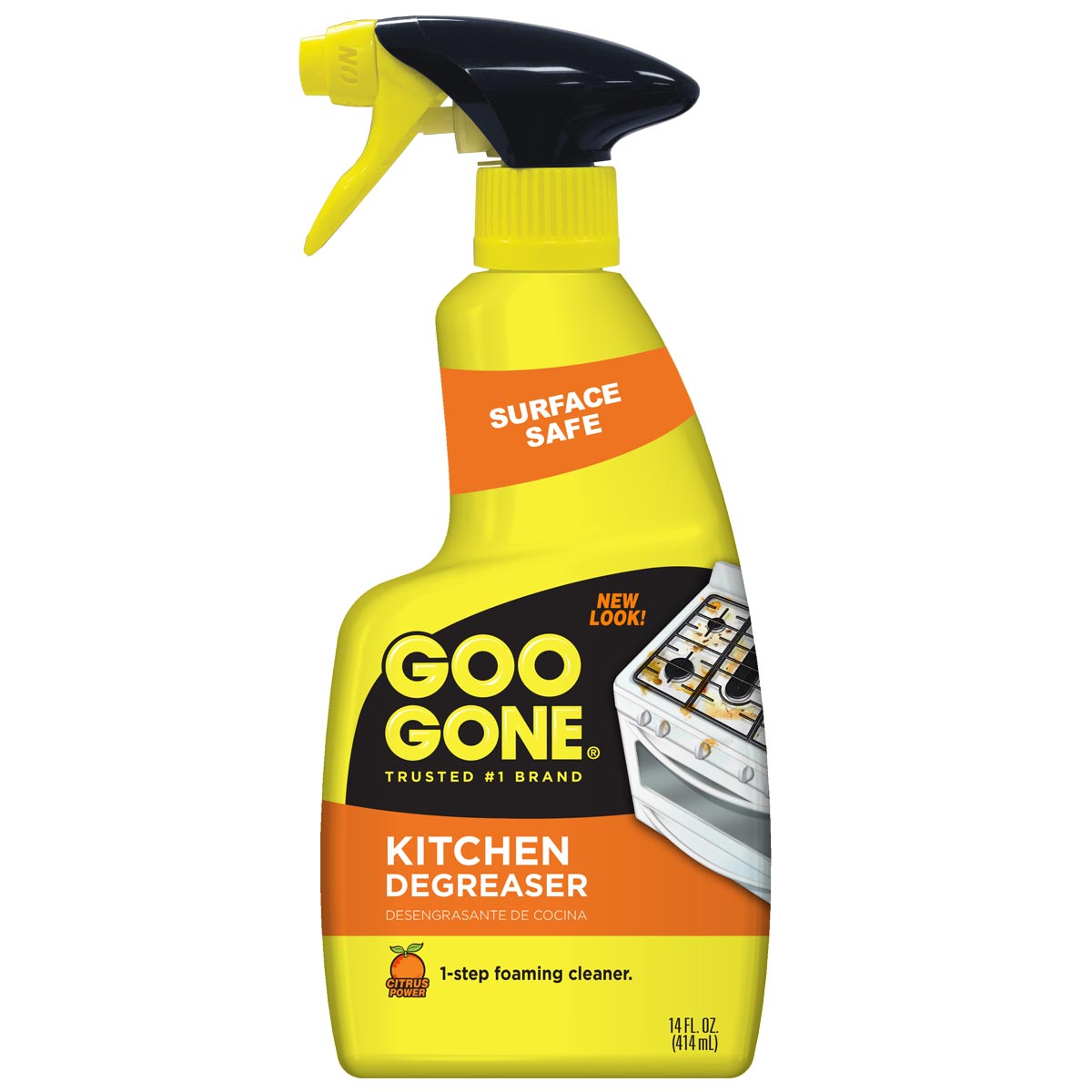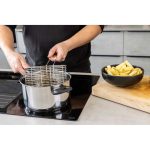Introduction: Tackling Grease Build-Up in the Kitchen
Grease and oil splatters are common occurrences in the kitchen, leaving behind stubborn residue that can be challenging to remove. From stovetops and countertops to range hoods and kitchen appliances, grease build-up not only detracts from the cleanliness of your kitchen but can also pose fire hazards and health risks if left unaddressed. Choosing the right degreaser is essential for effectively removing grease and restoring shine to your kitchen surfaces. In this comprehensive guide, we’ll explore different types of degreasers and provide tips for selecting the best one for your needs.
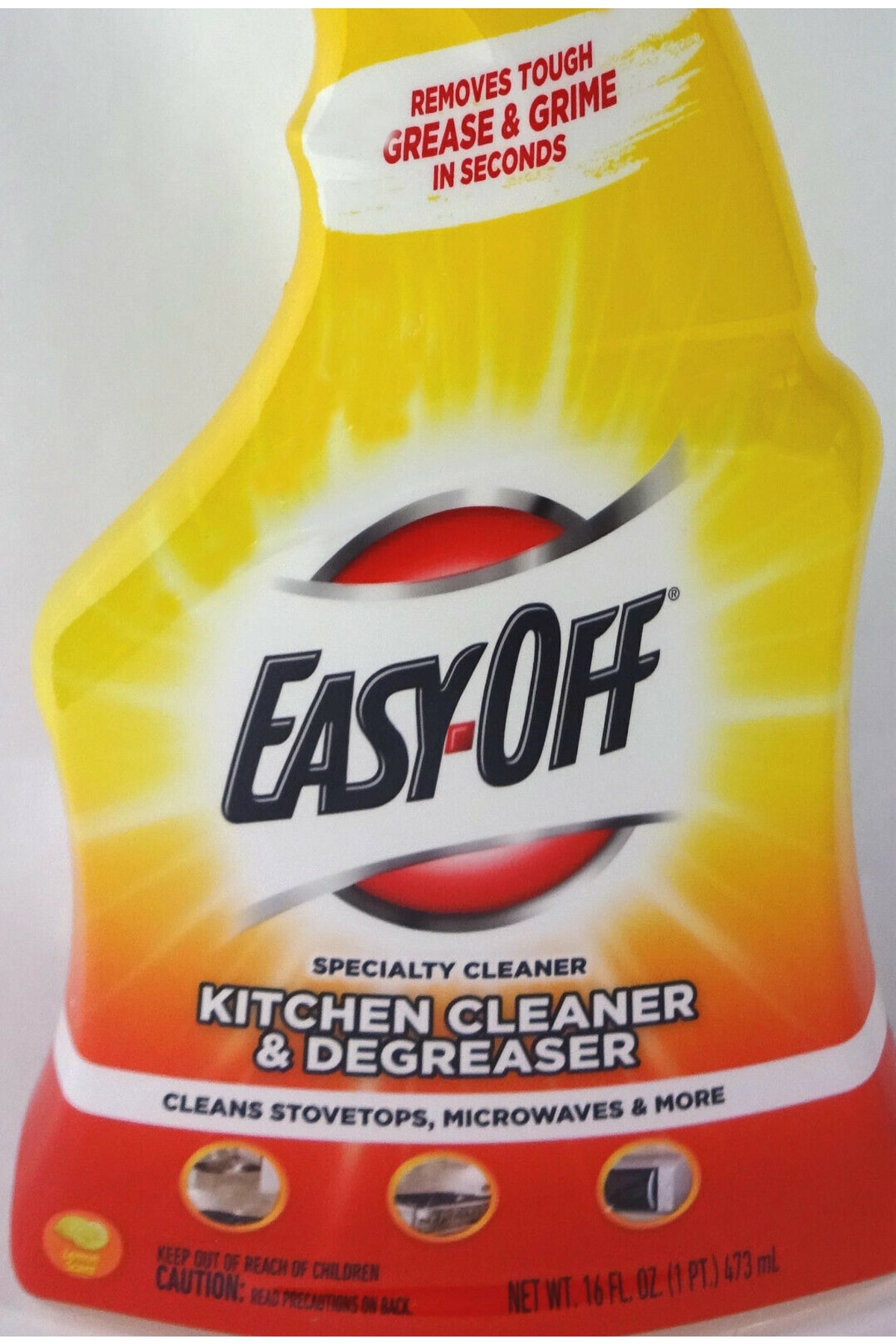
Understanding Degreasers: Types and Formulations
Degreasers are cleaning agents specifically designed to dissolve and remove grease, oil, and other stubborn residues from surfaces. They come in various formulations, including solvent-based, water-based, and enzymatic degreasers, each with its unique properties and applications. Solvent-based degreasers are effective for heavy-duty cleaning tasks but may contain harsh chemicals that require proper ventilation and safety precautions. Water-based degreasers are safer and more environmentally friendly, making them suitable for everyday cleaning tasks. Enzymatic degreasers utilize enzymes to break down grease and organic matter, offering a natural and biodegradable alternative. Understanding the different types of degreasers will help you choose the most suitable option for your kitchen cleaning needs.

Identifying Problem Areas: Targeting Grease Build-Up
Before selecting a degreaser, it’s essential to identify the problem areas in your kitchen where grease tends to accumulate. Common areas include stovetops, range hoods, oven interiors, countertops, and kitchen appliances such as microwaves and toasters. Pay attention to surfaces that come into direct contact with cooking oils and fats, as well as areas prone to splatters and spills. By identifying problem areas, you can prioritize cleaning efforts and select the most effective degreaser for each specific task.
Choosing the Right Formulation: Matching the Degreaser to the Task
Once you’ve identified problem areas in your kitchen, it’s time to choose the right degreaser formulation for each cleaning task. For heavy-duty cleaning of greasy stovetops, range hoods, and oven interiors, consider a solvent-based degreaser with strong degreasing power. Look for formulations that penetrate and dissolve tough grease stains without the need for scrubbing. For daily maintenance and general cleaning of countertops, appliances, and other surfaces, opt for a water-based or enzymatic degreaser that is safe for use on a variety of materials, including stainless steel, ceramic, and glass. Choose a degreaser with a pleasant scent or fragrance-free formulation to suit your preferences and sensitivities.
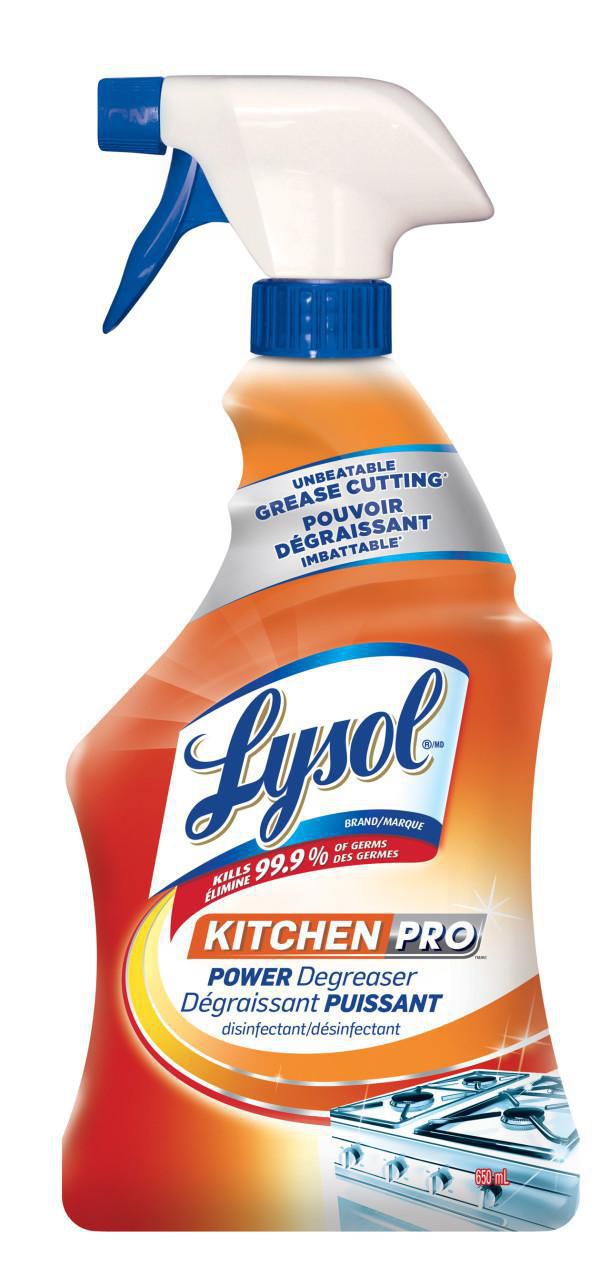
Safety Precautions: Handling Degreasers Safely
When using degreasers in the kitchen, it’s essential to follow safety precautions to protect yourself and others from potential hazards. Wear protective gloves, goggles, and a mask to prevent skin and eye irritation, especially when working with solvent-based degreasers that contain harsh chemicals. Ensure proper ventilation by opening windows and using exhaust fans to dissipate fumes and odors. Keep degreasers out of reach of children and pets, and store them in a cool, dry place away from heat sources and flammable materials. Read and follow the manufacturer’s instructions carefully to ensure safe and effective use of the degreaser.
Application Techniques: Tips for Effective Cleaning
To achieve optimal results when using a degreaser, it’s essential to use the right application techniques. Begin by prepping the surface to be cleaned by removing any loose debris or food particles. Apply the degreaser generously to the greasy area, ensuring complete coverage of the surface. Allow the degreaser to penetrate and break down the grease for the recommended amount of time, as specified by the manufacturer. Use a scrub brush, sponge, or microfiber cloth to agitate the degreaser and loosen stubborn residue. Rinse the surface thoroughly with clean water to remove the degreaser and any remaining grease. For heavily soiled areas, repeat the cleaning process as needed until the grease is completely removed.
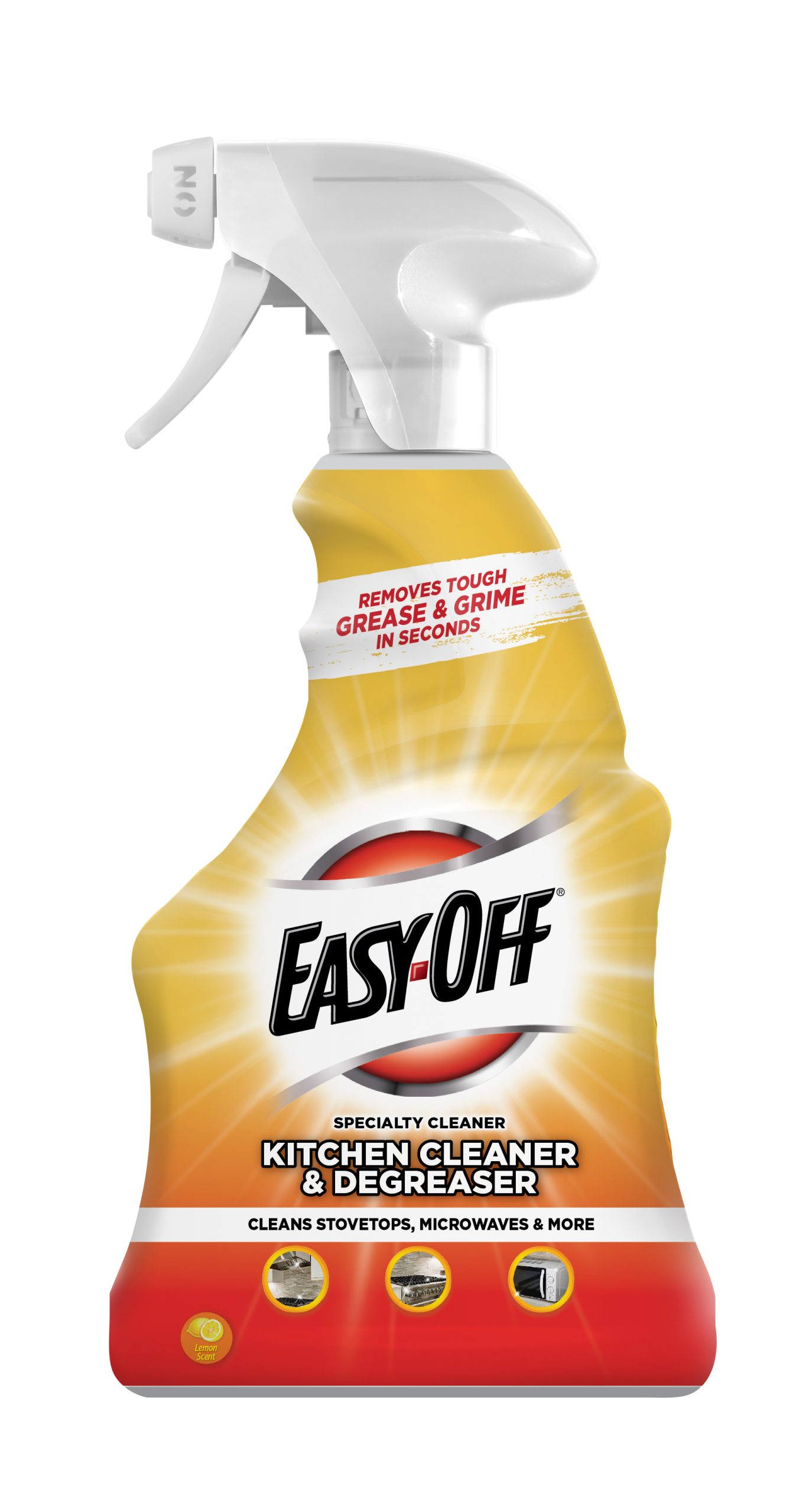
Choosing Environmentally Friendly Options: Eco-Friendly Degreasers
For those concerned about environmental impact, there are eco-friendly degreaser options available that offer effective cleaning power without the use of harsh chemicals. Look for degreasers that are biodegradable, phosphate-free, and made from natural or plant-based ingredients. These environmentally friendly degreasers are safer for you, your family, and the planet, making them an ideal choice for eco-conscious consumers. Additionally, consider purchasing degreasers in concentrated formulations or refillable containers to minimize packaging waste and reduce your carbon footprint.
DIY Degreaser Recipes: Homemade Solutions for Effective Cleaning
If you prefer to use natural and homemade cleaning solutions in your kitchen, you’ll be pleased to know that you can make your own degreasers using simple ingredients found in your pantry. Here are a few DIY degreaser recipes to try:
- Vinegar and Baking Soda Degreaser: Mix equal parts white vinegar and water in a spray bottle. Add a tablespoon of baking soda and shake well to combine. This mixture creates a foaming action that helps break down grease and grime on surfaces. Spray the solution onto the greasy area, let it sit for a few minutes, then scrub with a sponge or brush. Rinse thoroughly with water.
- Citrus Degreaser: Save citrus peels from oranges, lemons, or limes and place them in a jar. Cover the peels with white vinegar and let the mixture sit for a few days to infuse. Strain the liquid into a spray bottle and dilute with water if desired. The natural acidity of citrus helps cut through grease and leaves behind a fresh scent.

Conclusion: Keeping Your Kitchen Clean and Grease-Free
Choosing the right degreaser is essential for effectively removing grease and maintaining a clean and hygienic kitchen environment. By understanding the different types of degreasers, identifying problem areas, and selecting the most suitable formulation for each cleaning task, you can tackle grease build-up with confidence. Follow safety precautions, use proper application techniques, and consider environmentally friendly options to ensure safe and effective cleaning results. With the right degreaser at your disposal, you can keep your kitchen clean, grease-free, and sparkling for years to come.
